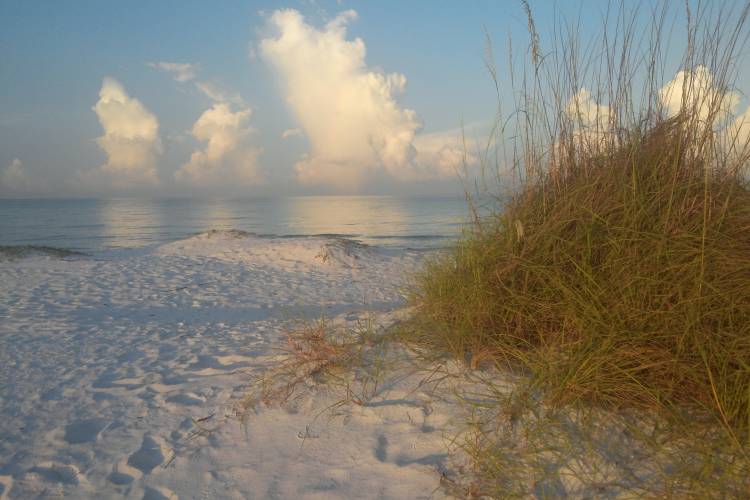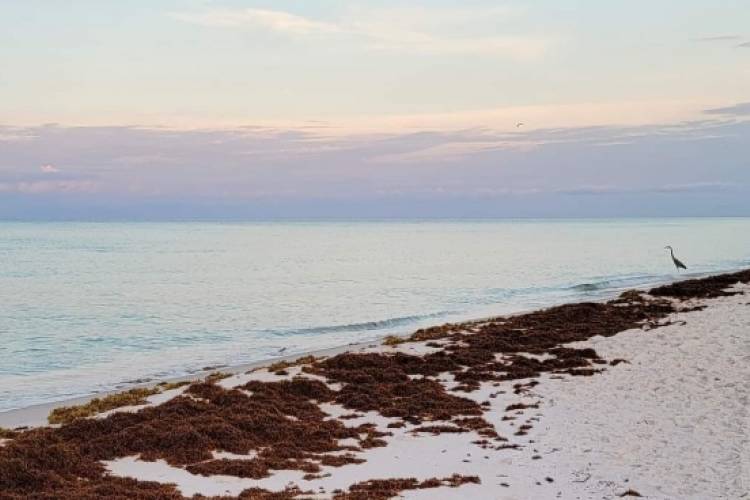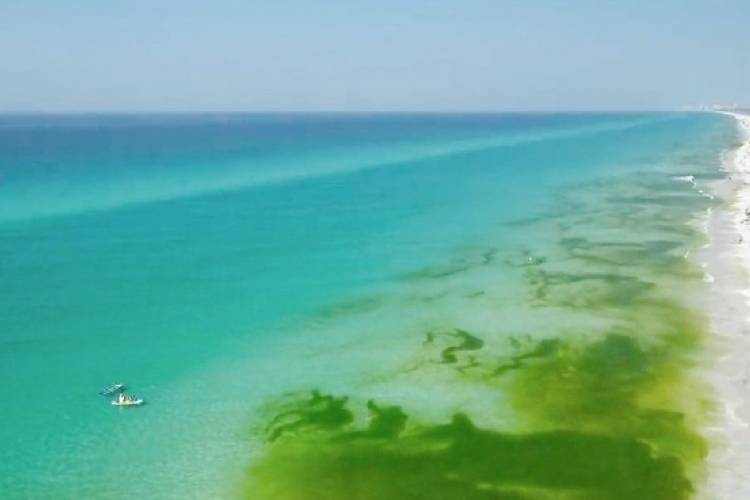Sargassum ~ June Grass...What is it?

It might be annoying but...

What is it? SARGASSUM!!! Sargassum is a floating alga that is beneficial in lots of ways. It serves as a nursery of sorts for baby sea turtles and several fish species. It provides food and camouflaged shelter, protecting them from predators. When it washes onto beaches, it holds all kinds of snacks for shore birds as well as camouflage for their chicks.
Sargassum also helps to nourish and build strong sand dunes which protects from high tides and storms. Now you know.

June Grass isn’t really grass, rather a form of algae. Known by the scientific name Cladophora, June Grass earned its name from its appearance on Gulf Coast beaches during the month of June. It’s a nuisance, but necessary for marine life and even our beautiful white sand beaches. You can find it all summer long. It typically begins in June, but pockets of June Grass can be found throughout the summer months, including May. Despite its name, there is no exact timeline for its exit from the water. In other words, you’re not free from it just because it’s July. When it rolls in, there is no way to tell when it will roll out. June grass is good for the ecosystem. While it may be annoying and slimy, June Grass is not harmful. It’s a critical part of our ecosystem, from the shore to the sea and is safe for beachgoers. June Grass naturally occurs every year. It has no relation to red tide (another kind of algae bloom) that typically moves toward shore in the fall. So don’t fear the green waves. Cladophora algae does not produce toxins, so it does not pose a risk to human health. But, oh boy, it smells once on the shore. When the June grass accumulates on shore, it rots in the sun resulting in an unpleasant smell. It benefits the beaches, so it isn’t cleaned up - nature just does its thing. While there is no guarantee that June Grass will be there during your time at the beach this summer, rest assured that it is not harmful.
